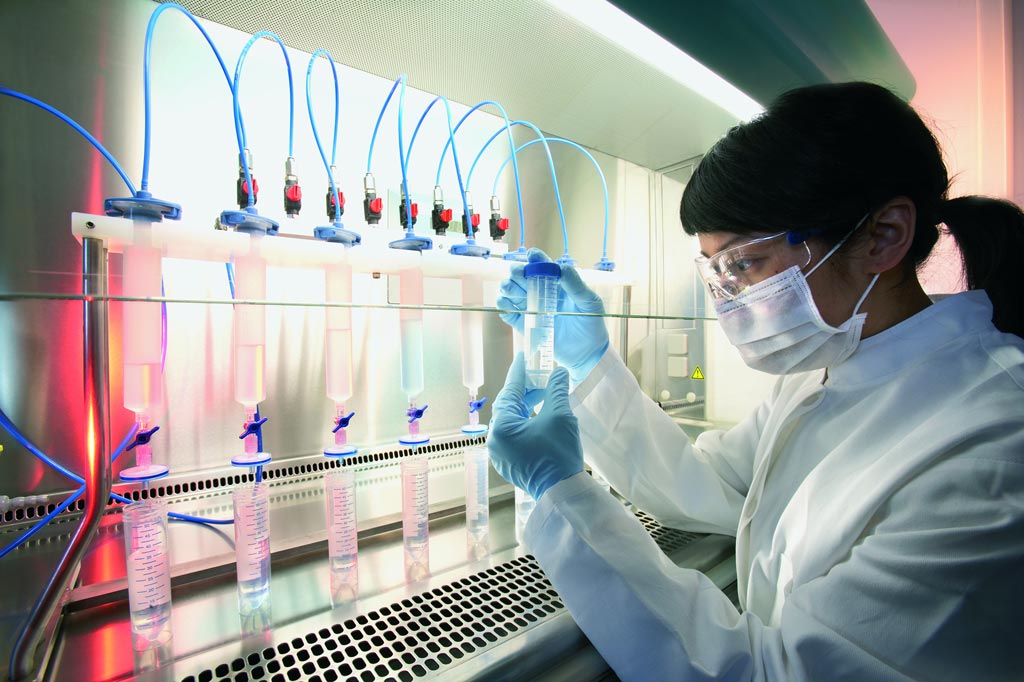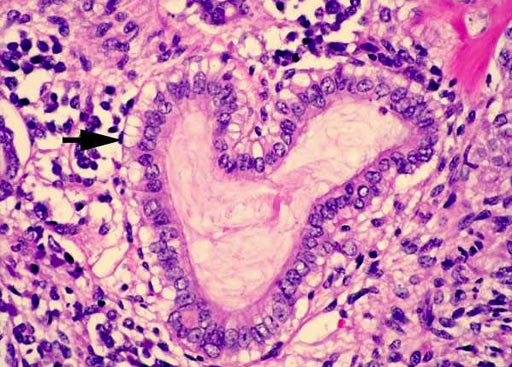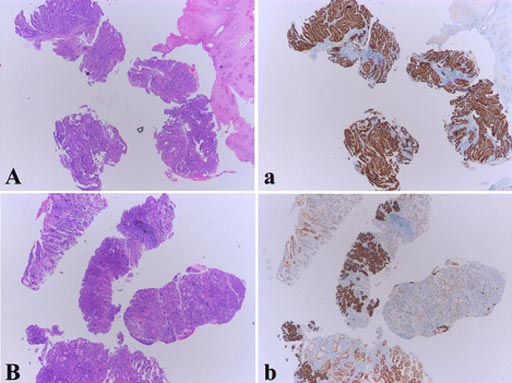Pathology

Genetic Test Identifies Risk of Anal Cancer
Anal cancer is mostly caused by human papillomavirus (HPV), which is the same virus that causes cervical cancer. Diagnosis presents many challenges as full biopsies are painful, and taking a small sample of cells for cytology is problematic because lesions can be hidden. More...14 Jun 2017
Immune System Changes Signal Early Brain Cancer
Glioma is a heterogeneous primary malignant brain tumor with a median survival time, for the most common adult subtype, glioblastoma, of only 14 months. Changes in immune activity appear to signal a growing brain tumor five years before symptoms arise. More...14 Jun 2017

Sequencing Approach to Detect Genomic Alterations
An early study evaluated a sophisticated new genomic-sequencing approach that analyzes cell-free DNA (cfDNA) in the blood of people with advanced cancer and will help development of a future assay that could potentially detect cancer in its earliest stages. More...13 Jun 2017

Genetic Mutation Identified for Childhood Kidney Cancer
The underlying mechanism that causes aneuploidy might be important in understanding cancer risk and not solely having the wrong number of chromosomes in a cell. It is an important development that provides valuable information about the fundamental biology of cancer. More...13 Jun 2017
Intestinal Fungi Contribute to Alcoholic Liver Disease
Chronic liver disease with cirrhosis is the 12th leading cause of death in the USA, and alcoholic liver disease accounts for approximately half of all cirrhosis deaths. Chronic alcohol consumption is associated with intestinal bacterial dysbiosis, yet little is known about the contribution of intestinal fungi, or mycobiota, to alcoholic liver disease. More...08 Jun 2017

Heterogeneity Influences Cancer Immunohistochemistry Results
Many gastric cancer (GC) patients are with inoperable lesions and endoscopic biopsy becomes the only available approach to obtain tumor tissues for human epidermal growth factor receptor 2 (HER2) assessment. Unlike resected specimens, biopsy specimens are influenced by many factors and in turn more difficult to manipulate. More...06 Jun 2017
In Other News
Biomarkers Revealed for Cognitive Impairment in PD
FISH Method Developed for Analyzing Immune Response
Alzheimer’s Disease Progression Predicted by Gene Mutation
Pathogens Help Diagnose Fatty Liver Disease
Gene Sequencing Reveals Mutations in Endometriosis
Microscopy Innovation Developed to Diagnose Cancer

Test Predicts Benefit of Targeted Cancer Treatments
Glioma Risk Lower with Elevated Blood Sugar
BK Virus Biomarkers Determined by Urine Samples
New Technique Tests Therapies for Cancer Metastasis
Multigene Test Extends Life Expectancy for Cancer Patients
Ancillary Tests Developed for Salivary Gland Pathology
Biomarker Identified for Aggressive Early Stage Cancer
Novel Technique Captures Plasma Cells from Myeloma Patients
Detecting Cancer as DNA Changes Could Enhance Diagnosis
Cytology Test for Pre-Cancer Diagnosis Receives FDA Approval
High-Res Imaging Obtained with Conventional Microscopes
Urinary Volatiles Tested for Prostate Cancer Diagnosis
Blood Test Shows Cancer Recurrence Months before Scans
Plasma Lipids Associated Differently with Dementia Incidents
Targeted Microbubbles Enhance Ultrasound Detection of Malignant Tumors
Mutations Linked to Improved Survival of Patients with HPV+ Carcinoma
CTC Protein Expression Uses Microfluidic Western Blotting
The Pathology channel details advances in the field of Surgical Pathology and all its subspecialties, including Cytopathology and its subspecialties.











